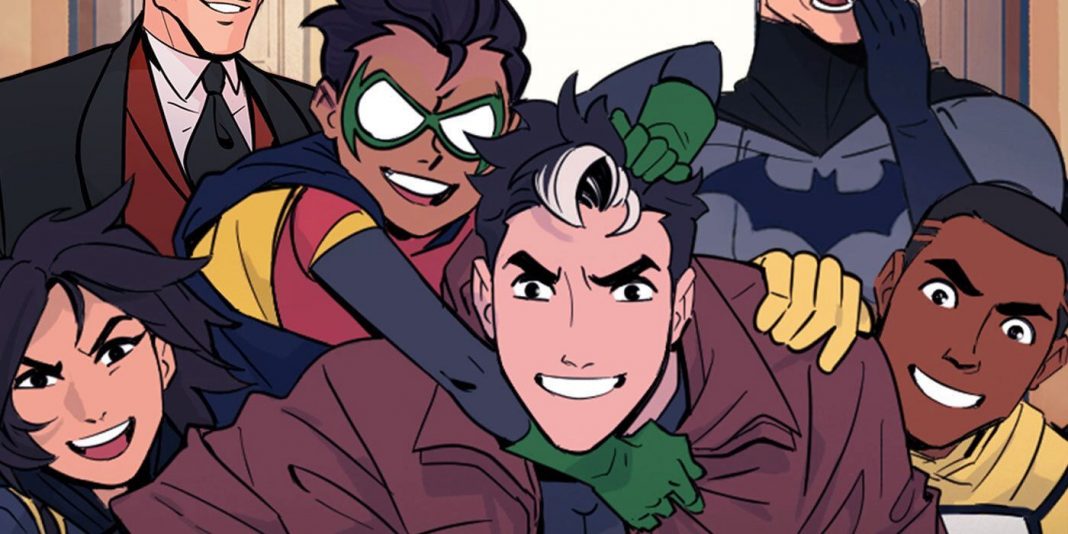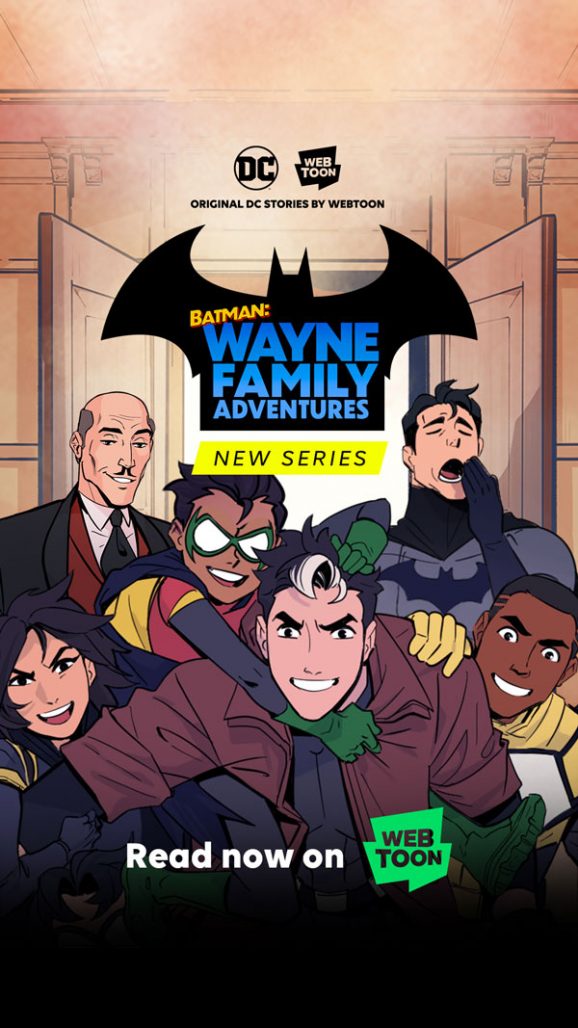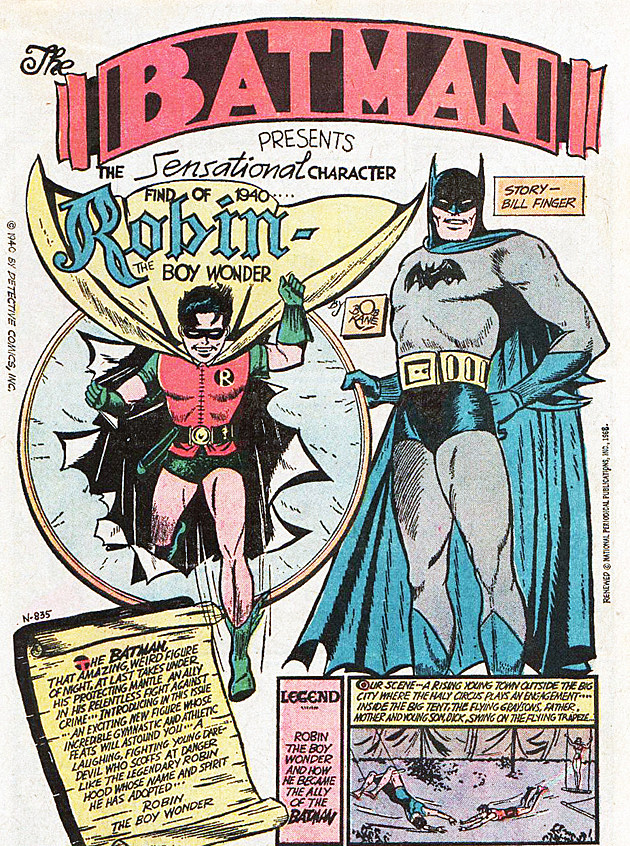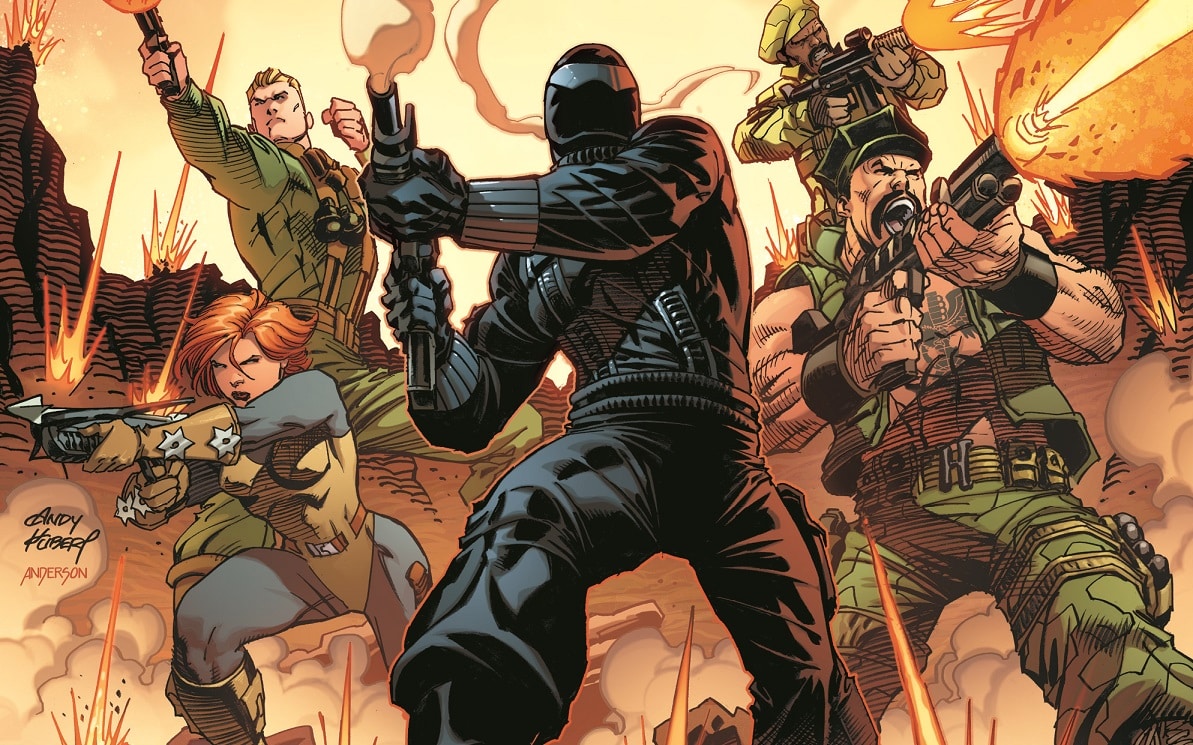The Beat’s Gregory Paul Silber has been accused of having a bit of an… obsessive personality. Each week in Silber Linings, he takes a humorous look at the weirdest, funniest, and most obscure bits of comics and pop culture that he can’t get out of his head.
Last week, in the wake of my grandfather’s passing, I wrote about why I love Batman’s butler, Alfred Pennyworth, and what makes him so memorable as a grandfather figure. This week, I want to expand on what makes The Bat-Family so appealing as a concept, especially when it’s literalized to a degree. After all, this week saw the debut of something I’ve wanted ever since I started reading Batman comics: a low-stakes slice-of-life series about the kooky sitcom-style antics of Bruce Wayne and his assorted adoptive children.
I’m talking about Batman: Wayne Family Adventures, the first title from DC’s high-profile partnership with mobile webcomics platform Webtoon. We’re big fans of BWFA here at The Beat, and it’s had a tremendously successful launch that will hopefully plant the seeds for a whole new generation of Batfam fans. But more importantly, it’s just a damn fine comic, brimming with humor, heart, and adorably expressive art.
Much like Hannah Blumenreich‘s beloved Spidey Zine, Batman: Wayne Family Adventures works largely because it leans directly into the charmingly mundane side of superheroics that mainline Marvel and DC stories usually can only gesture towards. The traditional conventions of the genre demand that when you pick up the latest issue of Batman off the stands at your local comic shop, the focus will be more on high-octane action and tense drama than a silly fight over a cookie like the second installment of BWFA.
But even more than that, Batman: Wayne Family Adventures unapologetically captures a rarely-seen side of the familial spirit of the Batman franchise. Writer CRC Payne and company aren’t shy about referring to Bruce as a father and the Robins as his children. I’ve spoken before about how Batman is a paternal character. He’s not necessarily unique in that respect; superheroes are, by their nature, aspirational figures, and since it’s essentially a genre for children, young fans naturally ascribe parental qualities to their favorite superheroes. This is true of all genders, by the way, and female superheroes like Wonder Woman and Storm certainly have maternal qualities.
But Batman is unique among superheroes in that, ever since he adopted Dick Grayson in 1940 – just a year after The Caped Crusader himself debuted – he’s not only been a father-figure, but canonically, a father. Even Superman, the original superhero who codified the genre and has represented wholesome American values since 1938, only started being consistently portrayed as a dad (by which I mean a man with children, not just an adult with dad-like qualities) within the past decade.
And while Batman media has fluctuated in its emphasis on Batman’s sidekicks over the past 80+ years, fatherhood has become one of Batman’s defining qualities. Dick Grayson grew up and formed a more mature identity as Nightwing, so Batman adopted (with varying degrees of literalness) a string of other young heroes to take up the Robin mantle. And even when they leave the tights behind for the next young hero, they’re always considered permanent members of the Bat Family, from Jason Todd to Tim Drake to Stephanie Brown to, in the alternate universe of Frank Miller‘s The Dark Knight Returns, Carrie Kelly. Plus, while the latest and current Robin, Damian Wayne, may be Bruce Wayne’s only biological child, he’s crucially not portrayed as any more important or loved than any of Bruce’s other, adopted children.
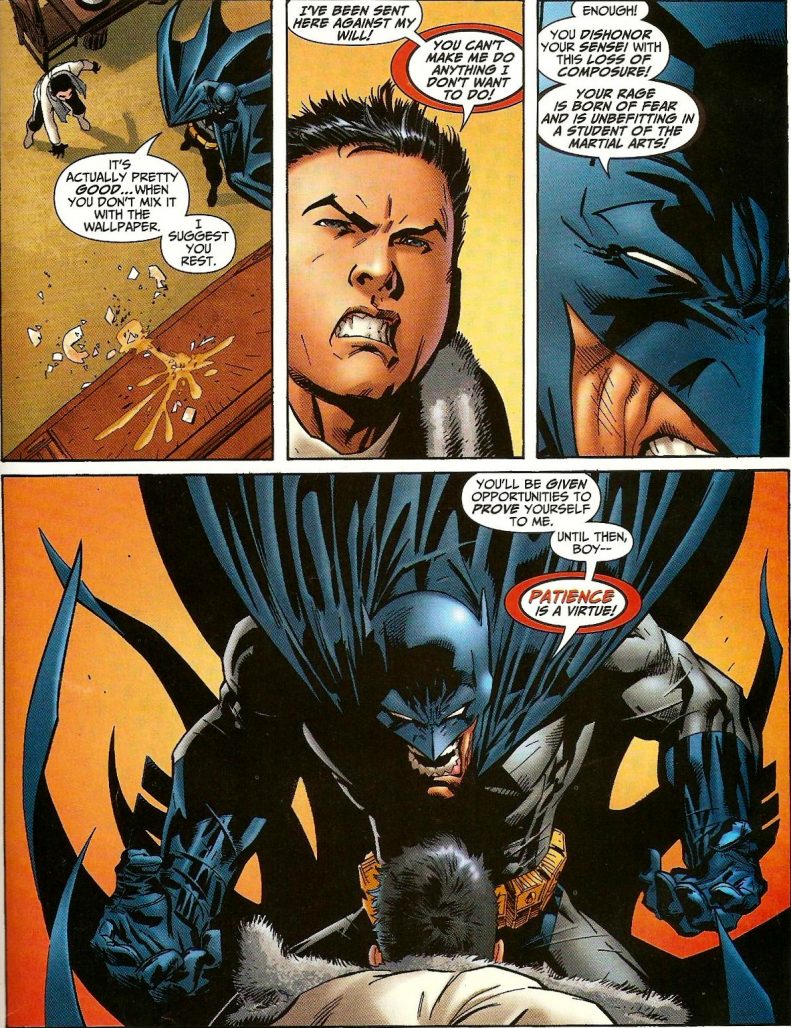
The family dynamics don’t stop there. If the Robins are brothers, than the Batgirls – Barbara Gordon, Cassandra Cain, and Stephanie Brown – are more like Bruce’s nieces: young women he may not see as often as his own children (Batgirls tend to operate more independently than the sidekick Robins) but who are nonetheless beloved, trusted members of his own family.
(Forgive me for bringing up something gross, but I must say this is why I refuse to watch that animated adaptation of Alan Moore and Brian Bolland‘s Batman: The Killing Joke. The moment I heard there’s a sex scene between Bruce and Barbara I felt sick to my stomach. Besides the fact that Babs is the daughter of his friend, Commissioner Jim Gordon, and the fucked-up power dynamics of a mentor having sex with his own protege, it’s a betrayal of the family dynamics that are so essential to what I love about Batman stories in the first place).*
(*Editor’s Note: no one remind Greg that Bruce and Barbara were also implied to have had a romantic relationship in Batman: The Animated Series. Actually I wish I didn’t know that as well.)
Then there’s Kate Kane, better known as Batwoman, Bruce’s gay, Jewish, ex-marine cousin, and her contentious relationship with her father (and Bruce’s uncle), Jacob. And not-quite-sidekicks like The Signal and Bluebird. And Batwing. And Azrael. And the various international Batmen of Batman, Incorporated. And so on and so forth.
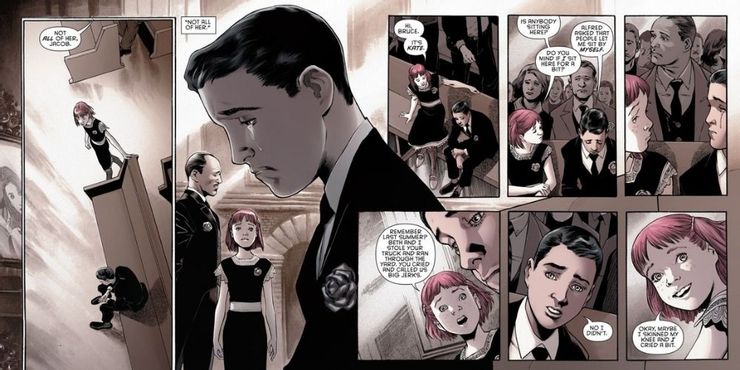
It’s easier to assume traditional family roles for some members of the Bat Family than others. I should also note that, in light of last week’s piece, Alfred’s the only member of the Bat-Family I directly associate with a member of my own family. But as much as I love it when comics like Batman: Wayne Family Adventures literalize the Bat-Family ideal, the magic of the Bat-Family is that they don’t fit into easy boxes.
It goes back to the very foundation of Batman’s characterization. You know the story: as a little boy, a careless criminal took from Bruce Wayne what little family that he had. So Bruce built up his own family, starting with the butler who assumed the role of a father, and continuing into adulthood with a string of troubled youths with their own traumas and need for a family. Generations of readers have come to Batman comics with their own emotional baggage and fantasies of a strong, patient hero who tells us that we’re capable of overcoming our pain and achieving greatness if we commit ourselves to doing good for others. For readers like us, it feels like Batman adopted us, too.


